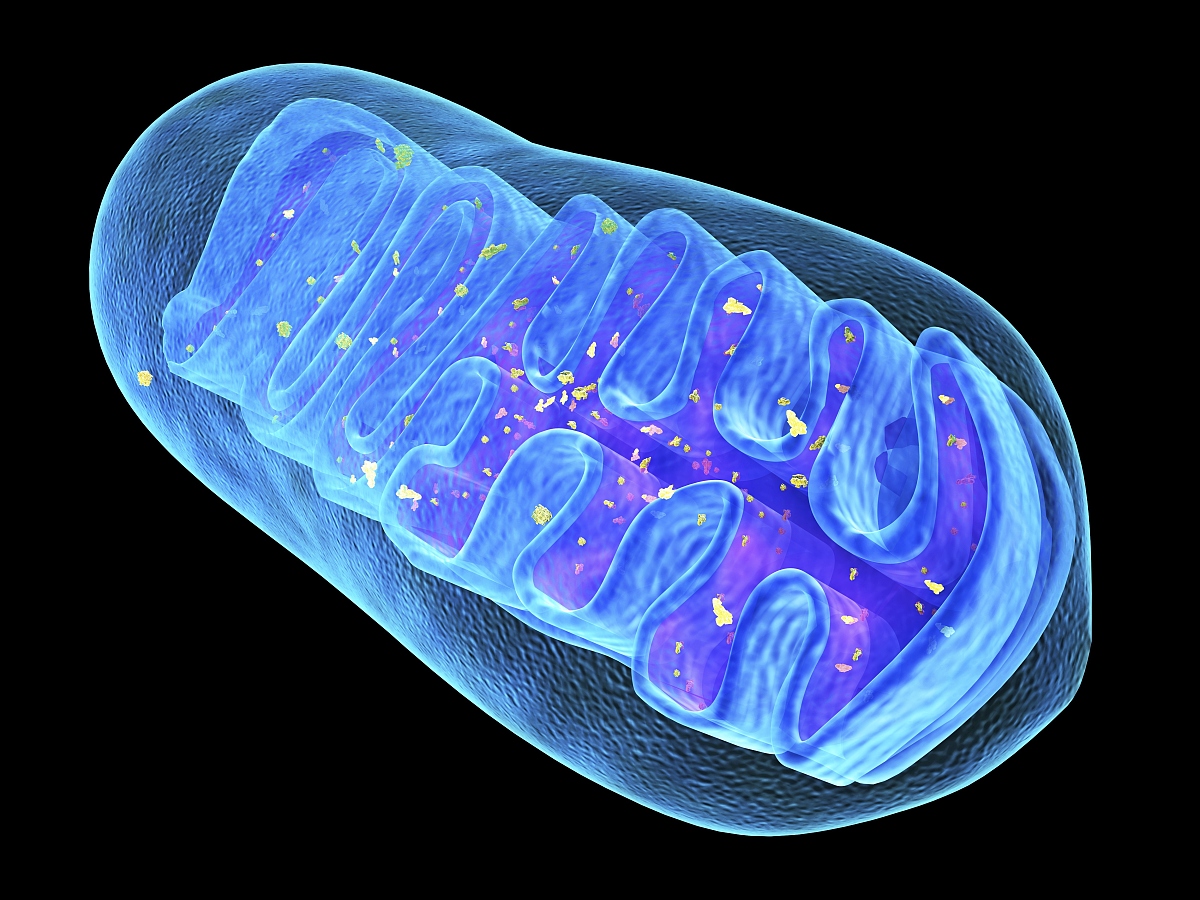核內體的分類
核內體可根據
細胞內吞作用的不同時間階段分為初級
內體(early endosome),次級內體(late endosome),以及再循環體(recycling endosome),並可被如
GTP結合蛋白rabs等蛋白標記而區分,並且此三種內體在形態上也有不同。一旦在
內吞作用中的
囊泡被釋放,它們首先與初級內體融合,之後再成長為次級內體並與
溶酶體融合。
初級內體成長形成次級內體,隨著其酸度通過V-ATPase的活動而增加,並且大小通過融契約類型的內體成為更大的囊泡而增加。次級內體或以為
多泡體(MVB)的形式呈現。最終,次級內體釋放RAB5而獲取RAB7,為其與溶酶體的融合做好準備。 次級
內體與溶酶體的融合是一個兩種
區室混合的過程,以結果來看,主要的生化特性也趨於原先二者的屬性之間。比如,溶酶體的密度大於次級內體,而融合後的密度介於二者之間。此後溶酶體重新聚合提高自身的密度,而在此之前可能有更多的次級內體與之融合。少數一些初級內體中的物質會直接再循環至
細胞質膜,但多數還是通過再循環內體。
初級內體:包含囊泡-小管網路,囊泡的直徑可大至1微米,周圍連線著直徑大約50納米的小管。標記物包括
運鐵蛋白 RAB5,RAB4和它的運鐵蛋白受體,以及EEA1。
次級內體:也被稱為多泡體,形態為球形,管狀結構較少,主要包含密集的空腔狀囊泡。標記物包括RAB7,RAB9,以及M6P受體。次級內體有時也被稱作“
內吞作用運載囊泡”,但這一術語只用於描述與次級內體融合併且又初級內體發育而來的囊泡,因為基於到2011年前的一些研究,這兩種
區室之間的運輸只出現於成熟的過程中,而並非囊泡運輸。
再循環內體:主要集中在
微管組織中心,包含管網結構,標記物為RAB11。
功能
核內體提供了細胞外物質進入細胞內的運載途徑。例如很多
病毒以此條途徑進入細胞,以
登革熱病毒為例:病毒先吸附在
細胞膜上,其後核內體像袋子一樣裹住病毒,病毒膜與核內體
膜融合,進入
細胞質基質。再例如:
低密度脂蛋白(LDL)進入細胞前,先與
細胞表面的低密度脂蛋白
受體結合。在到達初級前體時,在膜
質子泵V-ATPase產生的微酸性環境下與受體分離,此後受體被再循環回細胞表面,而低密度脂蛋白在內體中被運送至
溶酶體。
參考文獻
^ Ira Mellman. ENDOCYTOSIS AND MOLECULAR SORTING. Annual Review of Cell and Developmental Biology. 1996.November,
12: 575–625.
doi:10.1146/annurev.cellbio.12.1.575.
PMID 8970738.
^ 王金髮. 《細胞生物學》.
科學出版社. 2003年8月1日.
ISBN 9787030114624.
^ Ian G. Ganley, Kate Carroll, Lenka Bittova, and Suzanne Pfeffer. Rab9 GTPase Regulates Late Endosome Size and Requires Effector Interaction for Its Stability. Molecular Biology of the Cell. 2004.December,
15 (12): 5420–5430.
doi:10.1091/mbc.E04-08-0747.
^ H. Stenmark. Rab GTPases as Coordinators of Vesicle Traffic. Nature Reviews Molecular Cell Biology. 2009.Aug,
10 (8): 513–525.
doi:10.1038/nrm2728.
PMID 19603039.
^ C.E. Futter, A. Pearse, L.J. Hewlett, and C.R. Hopkins. Multivesicular Endosomes Containing Internalized EGF-EGF Receptor Complexes Mature and then Fuse Directly with Lysosome. Journal of Cell Biology. 1996.March,
132(6): 1011 – 1023.
doi:10.1083/jcb.132.6.1011.
PMID 8601581.
^ J.P. Luzio, B.A. Rous, N.A. Bright, P.R. Pryor, B.M. Mullock, and R.C. Piper. Lysosome-Endosome Fusion and Lysosome Biogenesis. Journal of Cell Science. 2000.May,
113 (9): 1515 – 1524.
PMID 10751143.
^ Lafourcade, C.; Sobo, K.; Kieffer-Jaquinod, S.; Garin, J.; van der Goot, FG. Regulation of the V-ATPase along the Endocytic Pathway Occurs through Reversible Subunit Association and Membrane Localization. PLoS One. 2008.July,
3 (7): e2758.
doi:10.1371/journal.pone.0002758.
PMID 18648502.
^ J. Rink, E. Chigo, Y. Kalaidzidis, and M. Zerial. Rab Conversion as a Mechanism of Progression from Early to Late Endosomes. Cell. 2005.September,
122 (5): 735 – 749. doi:10.1016/j.cell.2005.06.043.
PMID 16143105.
^ Barbara M. Mullock, Nicholas A. Bright, Clare W. Fearon, Sally R. Gray, and J. Paul Luzio. Fusion of Lysosomes with Late Endosomes Produces a Hybrid Organelle of Intermediate Density and Is NSF Dependent. Journal of Cell Biology. 1998.Feburary,
140 (3): 591 – 601.
doi:10.1083/jcb.140.3.591.
PMID 9456319.
^ C.R. Hopkins, and I.S. Trowbridge. Internalization and processing of transferrin and the transferrin receptor in human carcinoma A431 cells. Journal of Cell Biology. 1983,
97 (2): 508 – 521.
doi:10.1083/jcb.97.2.508.
PMID 6309862.
^ Russell, MR.; Nickerson, DP.; Odorizzi, G. Molecular mechanisms of late endosome morphology, identity and sorting. Current Opinion in Cell Biology. 2006.August,
18 (4): 422 – 428.
doi:10.1016/j.ceb.2006.06.002.
PMID 16781134.
^ Ullrich, O.; Reinsch, S.; Urbé, S.; Zerial, M.; Parton, RG. Rab11 regulates recycling through the pericentriolar recycling endosome.. J Cell Biol. 1996.Nov,
135 (4): 913–24.
PMID 8922376.
^ 美國登革熱病毒研究取得新進展. 《美國參考》. 2010年10月13日.

